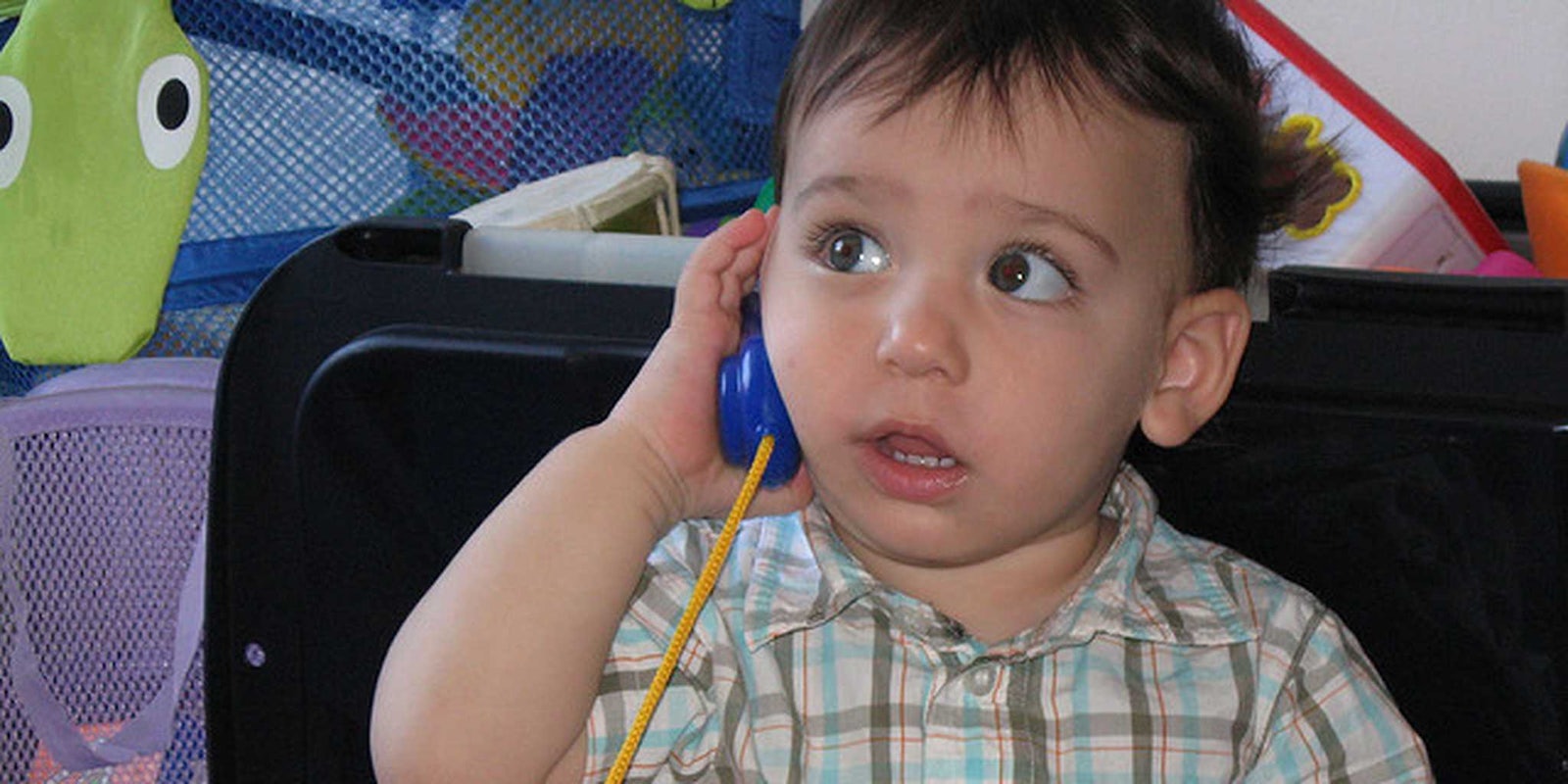You may know Jonathan Cheban as the best friend of America’s biggest celebrity, Kim Kardashian. He also works in public relations, founded a lifestyle website, and now plans to open an etiquette school for the children of the one percent. But this isn’t your typical learn-which-fork-to-use type of etiquette school; this is a whole new level.
In an interview with New You, Cheban, 41, shared his plans for the etiquette school from the confines of the school’s Trump Tower headquarters.
“I am developing the entire pop culture program for this school here in the Trump Tower. Wealthy kids from all over the world will learn things about private aviation, social media, quality of diamonds, types of caviar, mixed in with economics and other fundamental undergrad and grad classes. This is the social stuff you need to know to survive in a city like this with a lot of money. If you are buying a diamond you need to know the clarity and if you are buying a private jet you need to know the different leathers and seats. I’ll basically be the Dean of Pop Culture at the school.”
While diamond and caviar quality may not be useful knowledge in everyday life—even for the wealthiest children—social media is a different story. It’s hard to walk one city block without seeing a baby holding an iPad, and kids know how to swipe an iPhone in the womb. Cheban could not be reached for comment about what exactly he’ll be teaching his pupils, so instead, we consulted with the pinnacle of etiquette: the Emily Post Institute.
https://www.instagram.com/p/BAnI7LFD6tQ/
“We have two big pieces of advice when it comes to social media and technology etiquette,” Lizzie Post, the great-great-granddaughter of etiquette maven Emily Post and an author for the institute, told the Daily Dot via phone. “First, always, always, always place importance on the people you’re with in person. You should not be ignoring them to pay attention to a device. The second is to truly think about if what you’re putting up is private or public information.”
She recommends that people of all ages follow what her organization calls “the bulletin board rule”: essentially, if you wouldn’t feel comfortable posting something on your school or business’s bulletin board, then you shouldn’t post it on social media.
Post admits that there aren’t a ton of requests for information about how children should approach social media; her work with young people often deals with using the magic words, table manners, and good sharing etiquette. But she and fellow instructors at the institute often give social-media advice to the professional companies they visit.
One question that often comes up, and is sure to come up among young adults, is “How do I handle it when someone defriends me on social media?”
“Our advice is always: try not to take it too personally,” she said. “Friendships ebb and flow, and so does someone’s use of social media. With those two things combined, a friend might close their account for while, and if you’re not talking, they may not be interested in talking to you on social media.”
The one thing Post isn’t sure about is whether today’s young people, who were born into a social-media world, will even see the value in learning social media etiquette.
Post, 33, likened it to answering the landline at her parents’ home: it wasn’t something she was taught; she just knew. Connecting with a friend online or posting on Instagram isn’t a matter of how for kids today, but rather, when. Yet despite all of this, Post still sees a place for a course like the one Cheban is offering.
“It’s definitely necessary,” she says. “When it comes to etiquette, anytime behavior affects someone else, anytime you’re interacting, there’s etiquette…as long as those interactions are taking place, there’s etiquette around it. I’m just curious how much teens or kids now, how much they’re going to be considering and thinking about etiquette and behavior and potential pitfalls [around social media].”
Others are also starting to see the value in giving kids the tools to navigate the online world. At a recent education conference, YouTube sensation and entrepreneur Jamal Edwards announced a similar endeavor.
“Social media is always there, and it’s only going to get bigger, so it would be good to educate people about it, but not trying to control it,” Edwards told conference attendees.
“It means teaching kids how to present themselves on social media,” he continued. “A lot of parents and teachers will think kids are not using it but they are. It’s not about taking it away from them because they will just want it more.”
The jury’s still out on whether Cheban’s course will live up to its mission. When you’re worrying about the clarity of a diamond, perhaps your social-media grace won’t be your first priority.
Photo via jonathan klinger/Flickr
